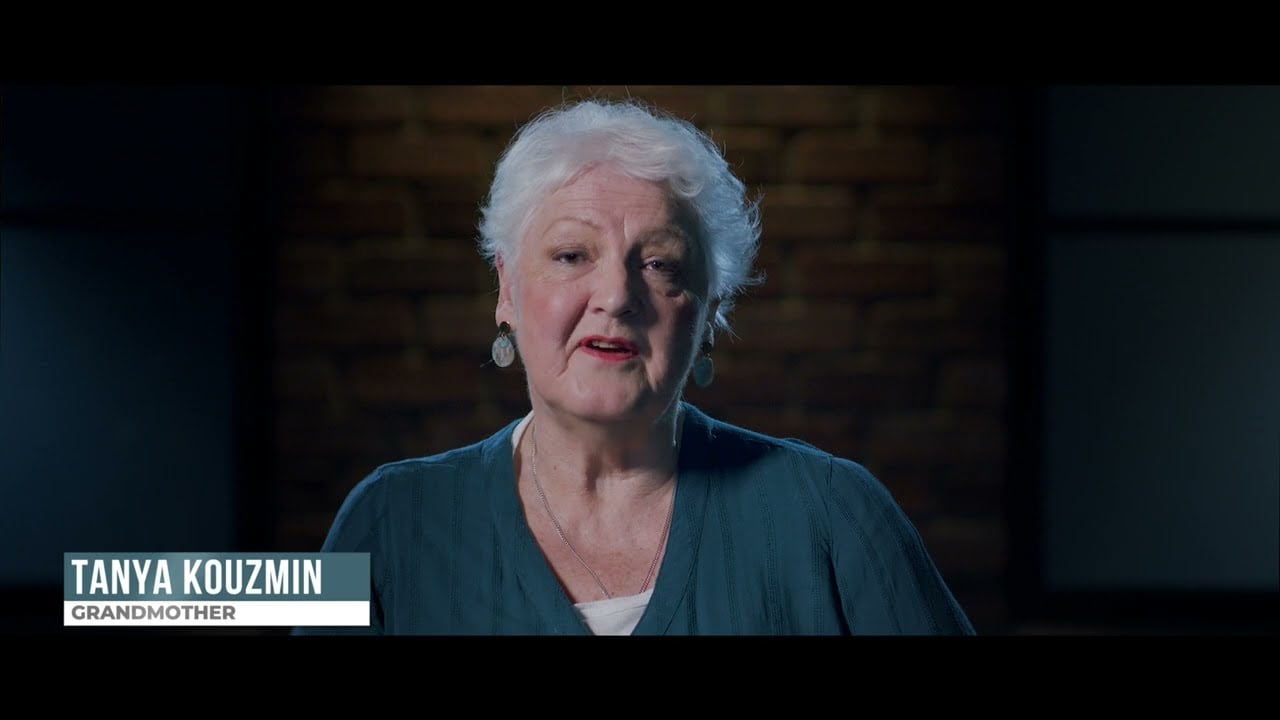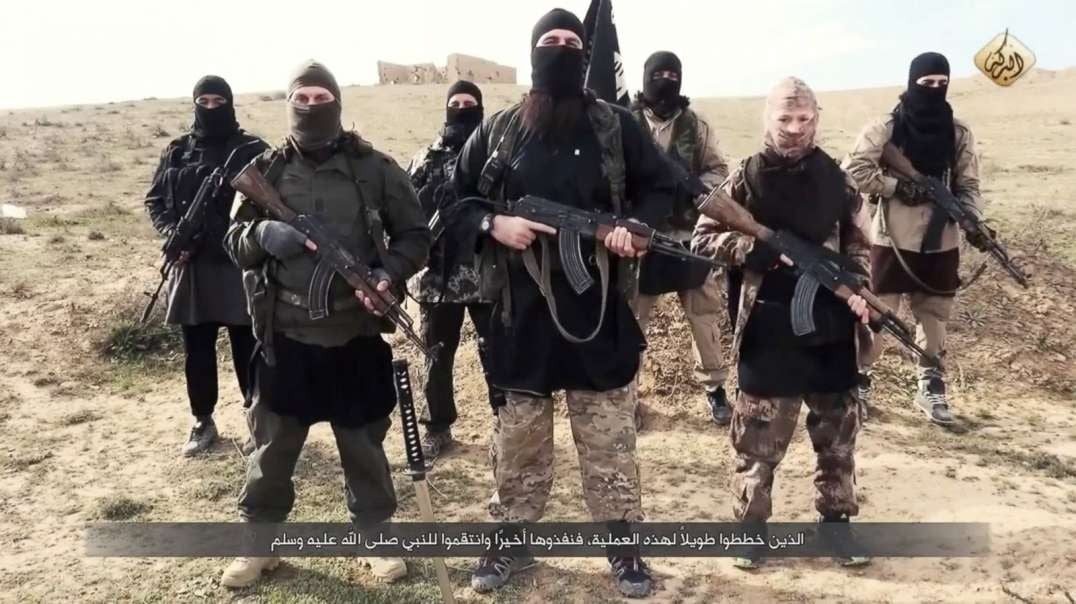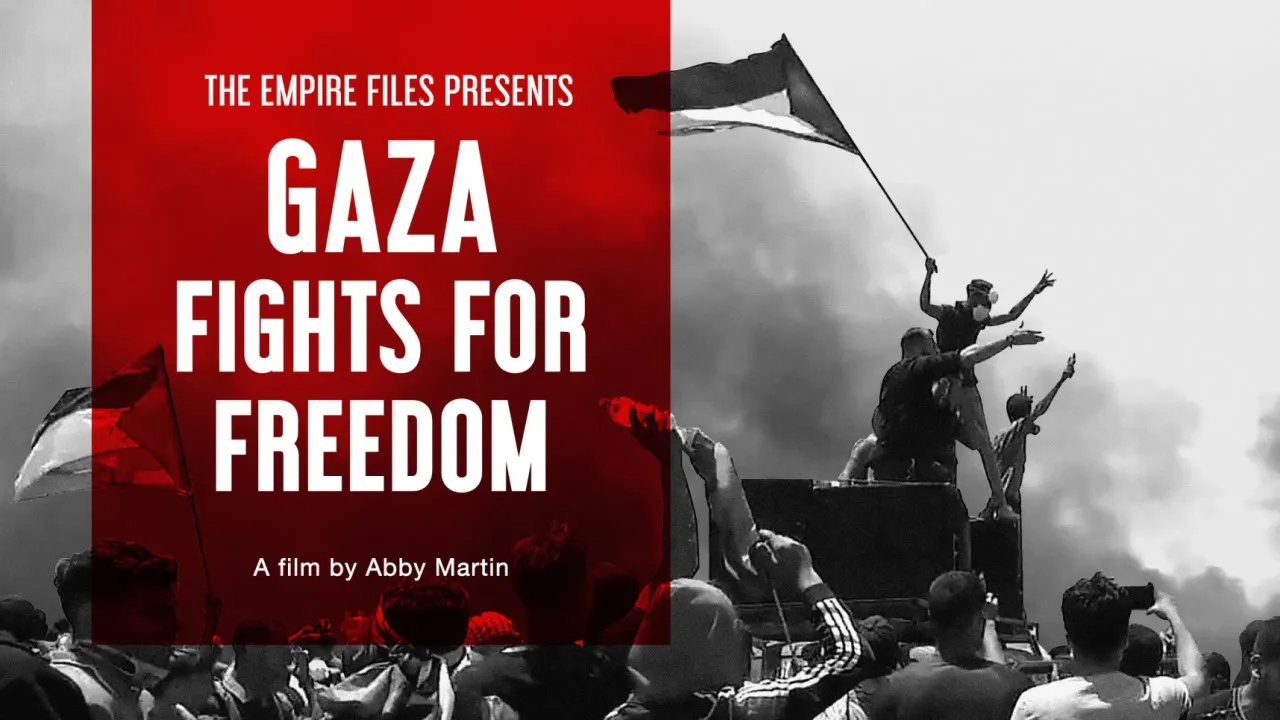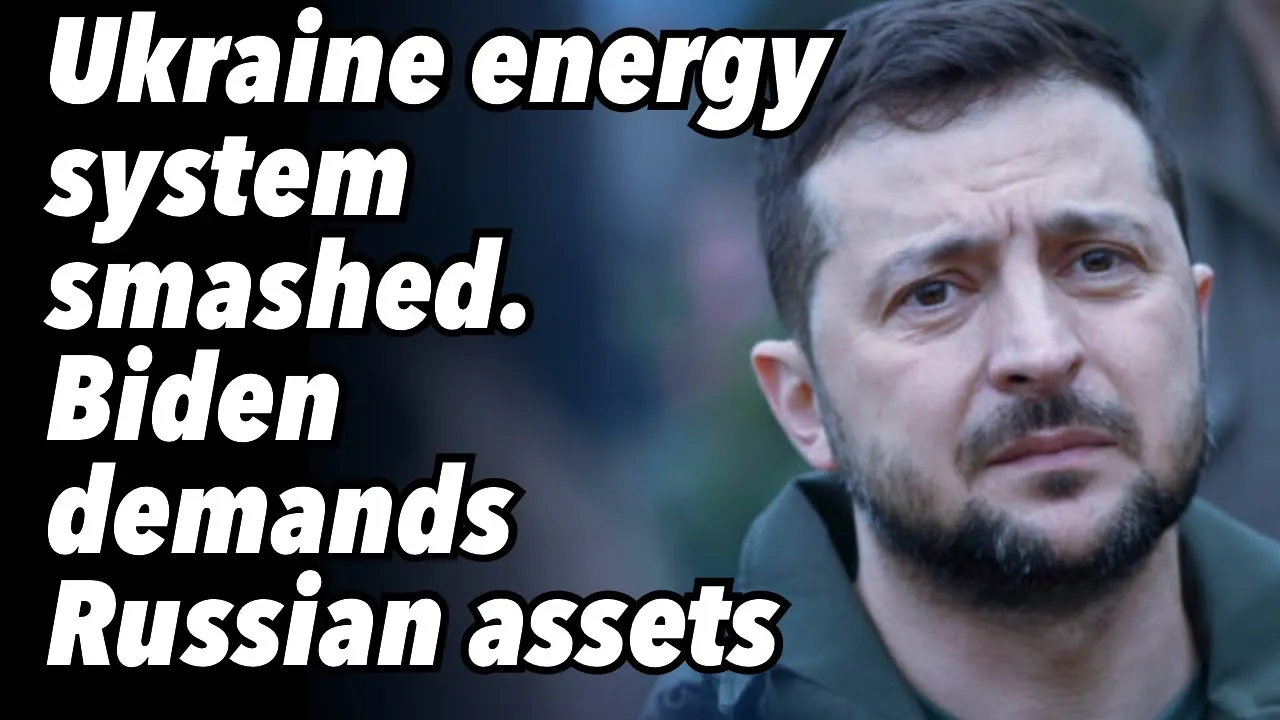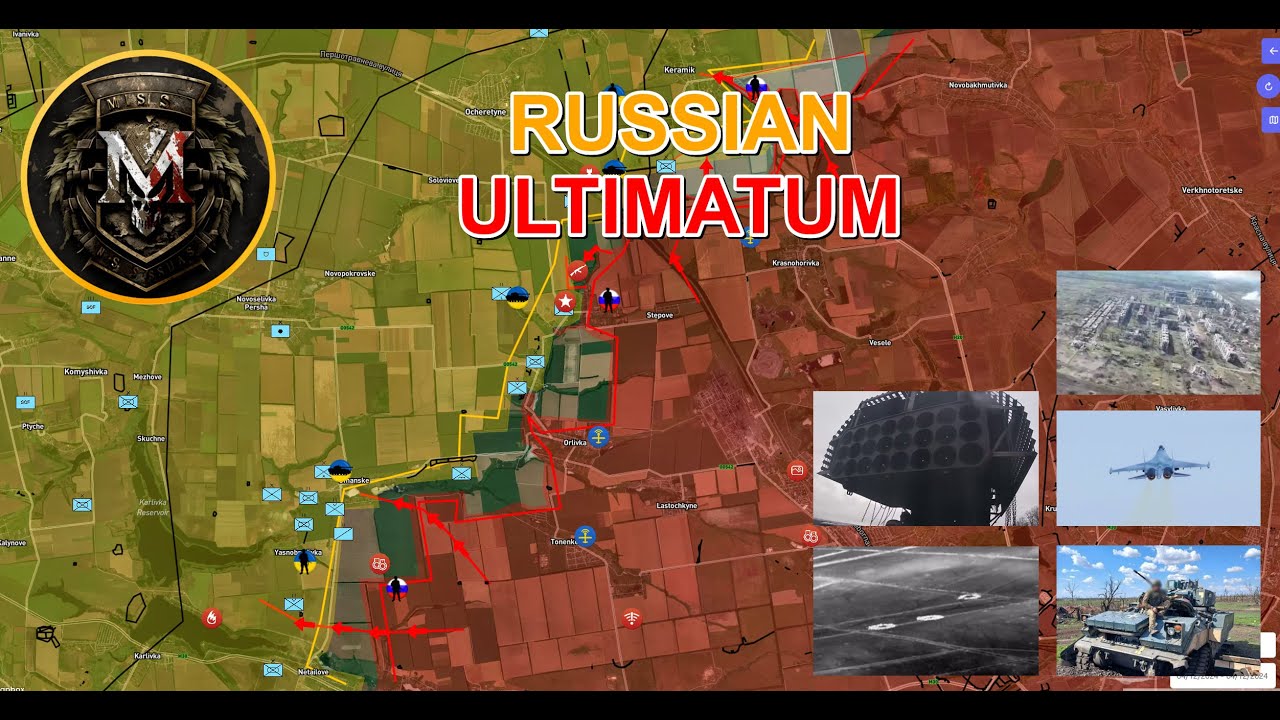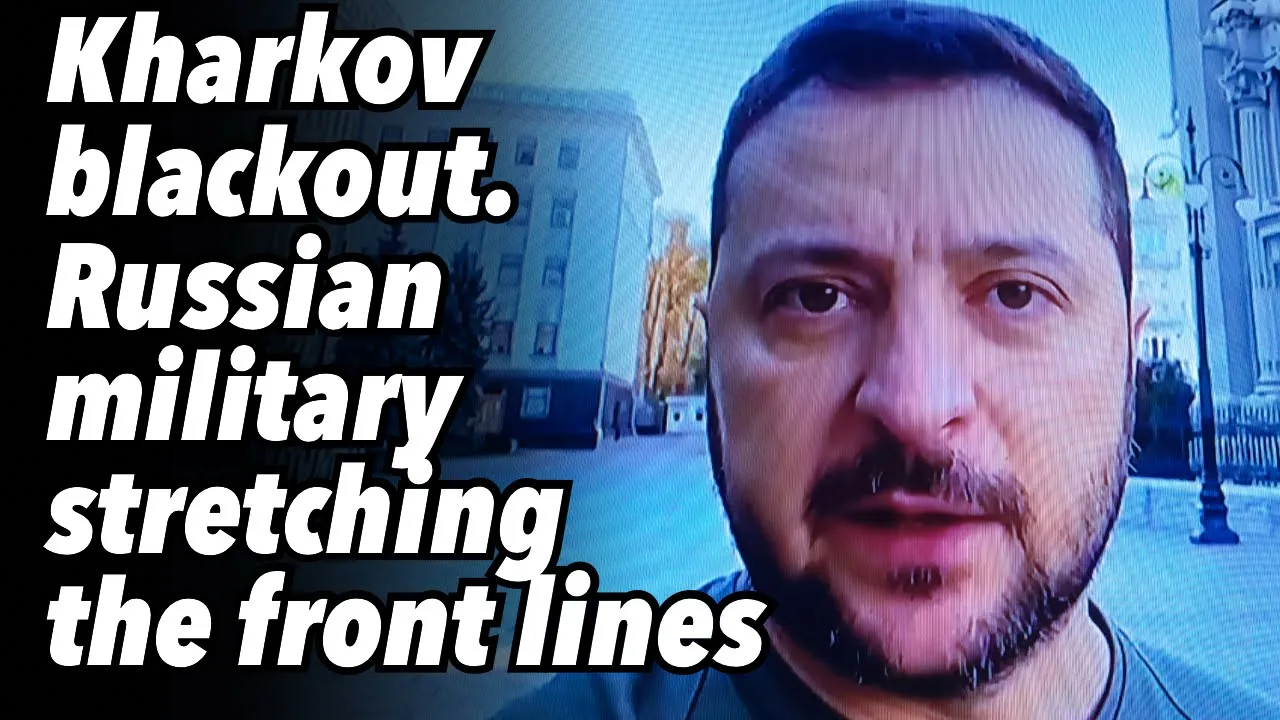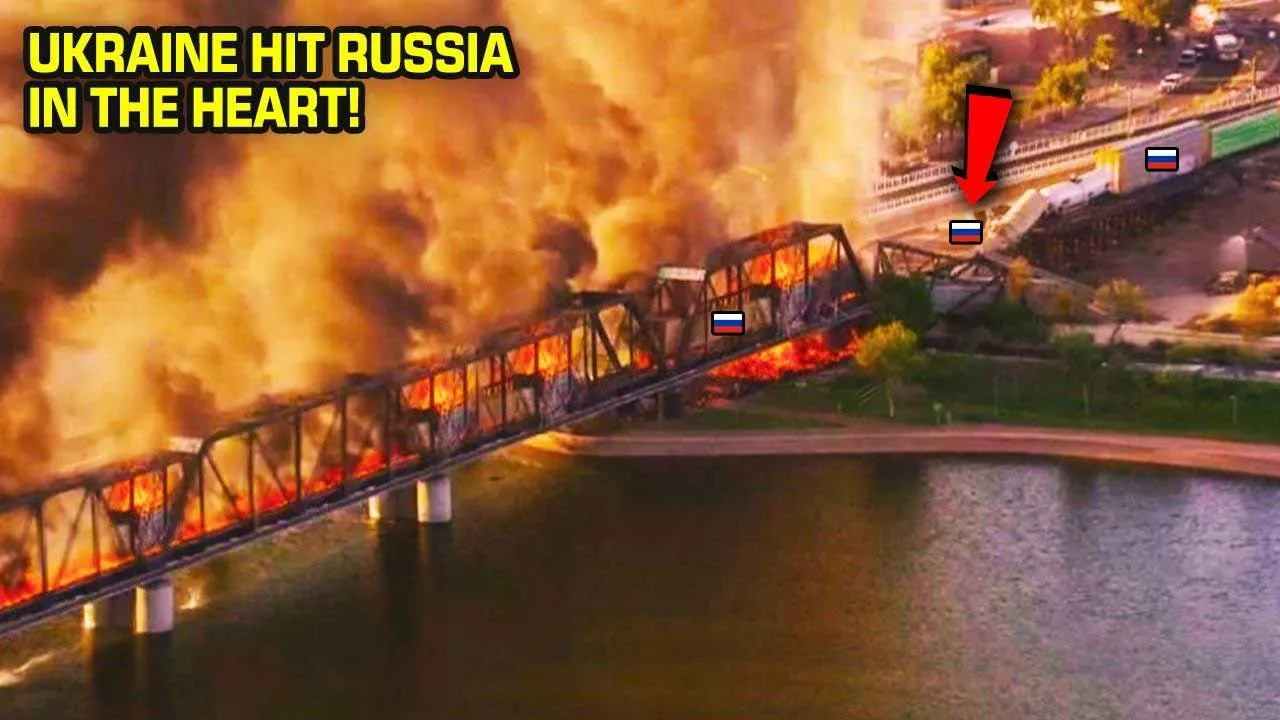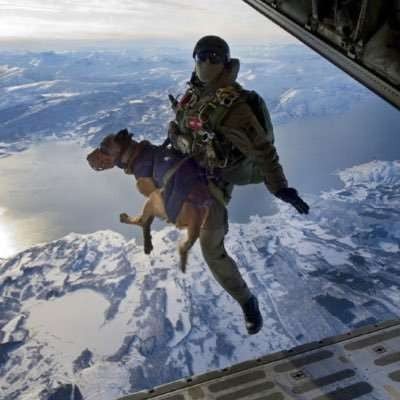WORST NIGHTMARE for the US Air Force !!! Russian Air Force Aircraft Documentary
An interesting aircraft documentary about Russian air force military aircraft that some believe are the worst nightmare of the us air force. The Russian Air Force (Russian: Военно-воздушные cилы России, tr. Voyenno-Vozdushnye Sily Rossii) is the aerial warfare service branch of the Armed Forces of the Russian Federation. It is currently under the command of Colonel General Viktor Bondarev. The Russian Navy has its own air arm, the Russian Naval Aviation, which is the former Soviet Aviatsiya Voyenno Morskogo Flota ("Naval Aviation"), or AV-MF).
The Air Force was formed from parts of the former Soviet Air Forces after the dissolution of the Soviet Union in 1991–92. Boris Yeltsin's creation of the Ministry of Defence of the Russian Federation on 7 May 1992, can be taken as a convenient formation date for the new Air Force. Since that time, the Air Force has suffered severe setbacks due to lack of resources, and has constantly shrunk in size. Since Vladimir Putin became President of the Russian Federation however, much more money has been allocated to the Armed Forces as a whole.
Since 2000
General Kornukov was succeeded by General Vladimir Mikhaylov in 2002.
In December 2003 the aviation assets of the Army—mostly helicopters—were transferred to the VVS, following the shooting down of a Mi-26 helicopter in Chechnya on 19 August 2002, that claimed 19 lives. The former Army Aviation was in its previous form intended for the direct support of the Ground Forces, by providing their tactical air support, conducting tactical aerial reconnaissance, transporting airborne troops, providing fire support of their actions, electronic warfare, setting of minefield barriers and other tasks. The former Army Aviation is now managed by the Chief of the Department of Army Aviation, who in mid-2007 was Lieutenant General Anatoly Surtsukov.[6]
In October 2004 the disbandment was announced of the 200th and 444th Bomber Aviation Regiments with Tupolev Tu-22M3, of the 28th, 159th, 790th, and 941st Fighter Aviation Regiments, of the 302nd and 959th Regiments equipped with Sukhoi Su-24, and of the 187th and 461st Assault Aviation Regiments with the Sukhoi Su-25.[7] These disbandments did not go ahead.
The Air Force continues to suffer from a lack of resources for pilot training. In the 1990s Russian pilots achieved approximately 10% of the flight hours of the United States Air Force. The 2007 edition of the International Institute for Strategic Studies (IISS) Military Balance listed pilots of tactical aviation flying 20–25 hours a year, 61st Air Army pilots (former Military Transport Aviation), 60 hours a year, and Army Aviation under VVS control 55 hours a year.[8]
General Mikhailov was succeed by General Colonel Aleksandr Zelin in 2007. Zelin said in August 2007 that by 2011 the Air Force would deploy advanced unmanned aerial vehicles (UAV) with flight range of up to 400 kilometers (250 mi) and flight duration of up to 12 hours.[9] The UAVs of both fixed- and rotary-wing types will perform a variety of tasks, including reconnaissance, attack, retransmission of radio signals and target designation, he said.[9]
In August 2007, the commander of the 16th Air Army, General Major Alexander Belevitch, said that the 16th Air Army would soon receive two regiments of the advanced Su-34 Fullback fighter-bombers in the near future.[10] However, as of 2010, only 16 Su-34s are in service, and only one frontline unit has received any aircraft.[11] Belevitch also said the formation would receive MiG-29SM 'Fulcrum' fighters to replace outdated MiG-29s and modernised Su-25 Frogfoot close support aircraft, which showed outstanding performance during operations in Afghanistan, Chechnya and other "hot spots."[10]
Russia resumed the Soviet-era practice of sending its bomber aircraft on long-range flights at a permanent basis in July and August 2007, after a 15-year unilateral suspension due to fuel costs and other economic difficulties after the collapse of the Soviet Union.[12][13] Patrols towards the North Pole, the Atlantic and the Pacific Ocean were reinstated, bringing the planes often close to NATO territory, most recently flying over the Irish Sea, between the UK and Ireland.[14]
In 2008 the Air Force lost between 4 and 7 aircraft to Georgian anti-aircraft fire during the 2008 South Ossetian War.
Warfare.ru indicates that in early 2009 the Air Force went through a major restructuring, in which air armies were succeeded by commands, and most air regiments becoming airbases.[15] However, Combat Aircraft, in a piece by Stefan Buttner in its August–September 2009 issue, presented the order of battle as being substantially unchanged.[16] Eventually Aviation Week & Space Technology confirmed that the reorganisation would be completed by December 2009 and would see a 40 percent reduction in aircrew numbers.[17]


